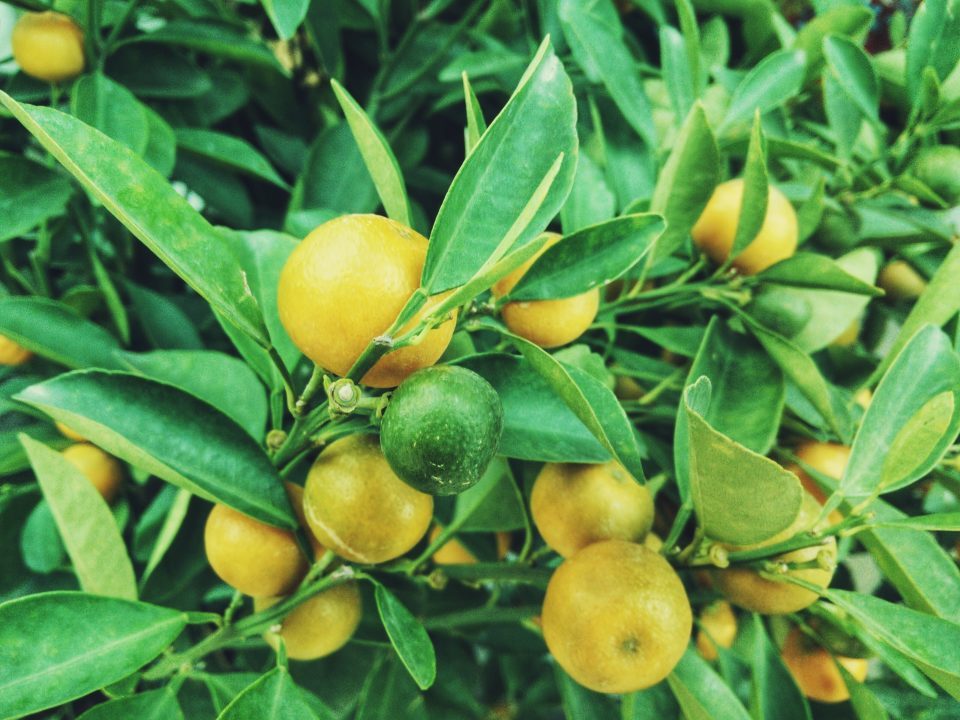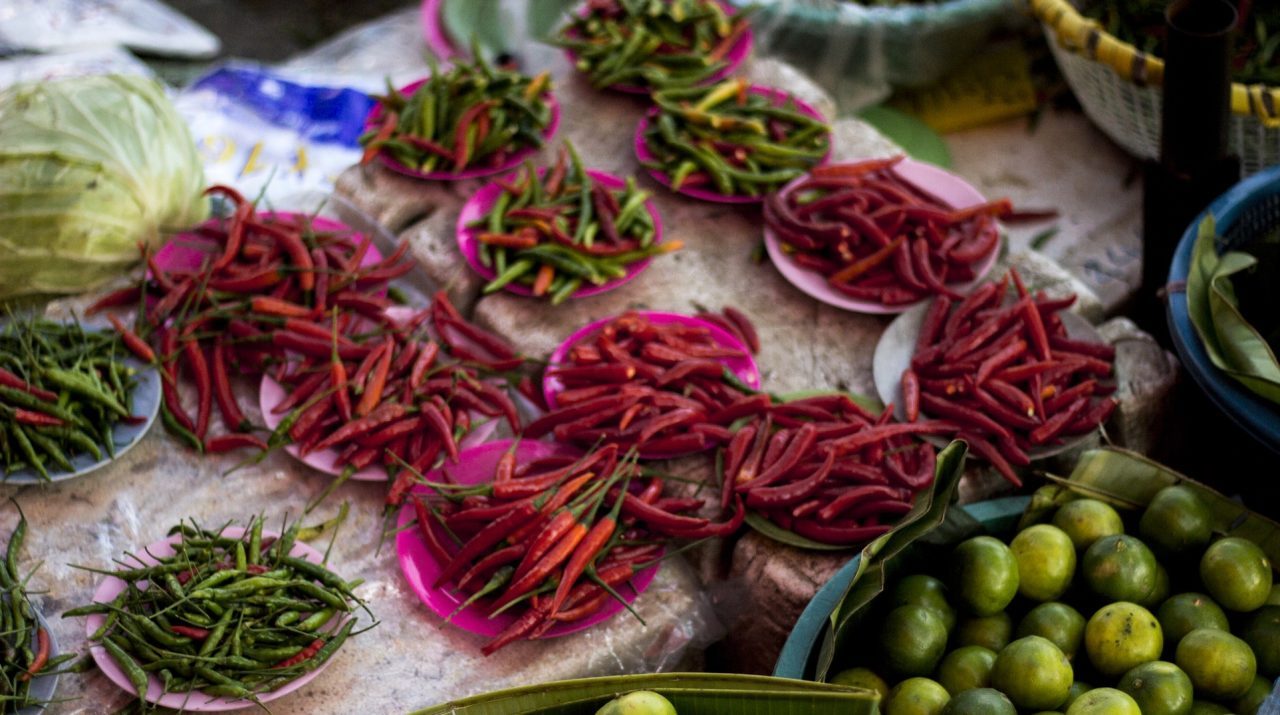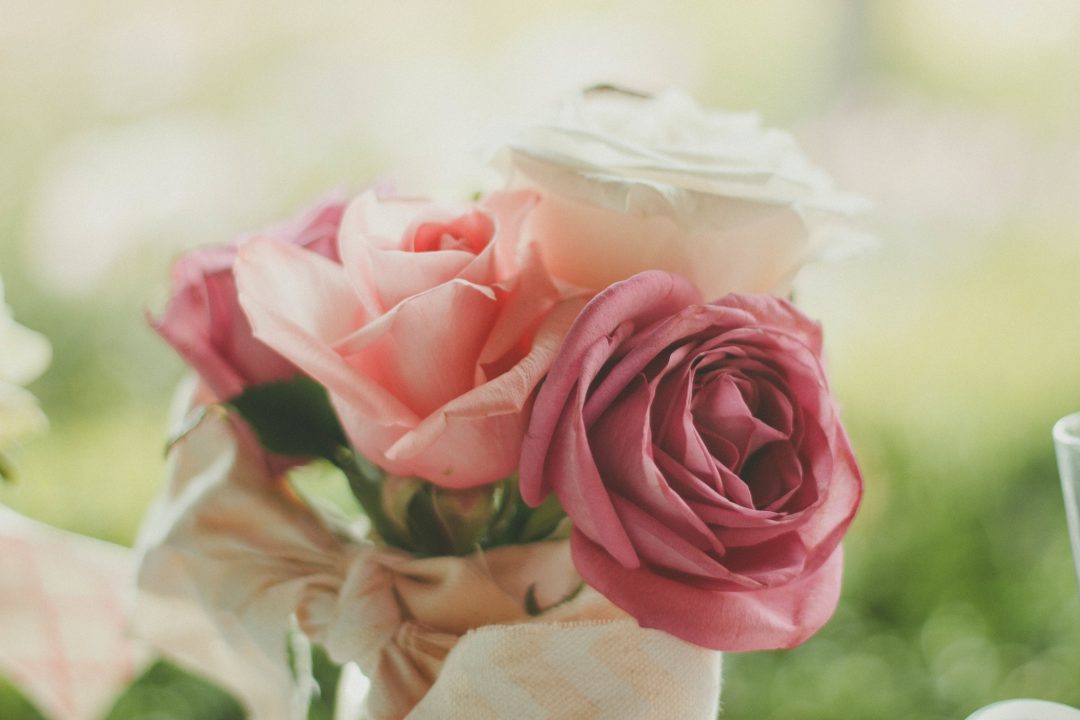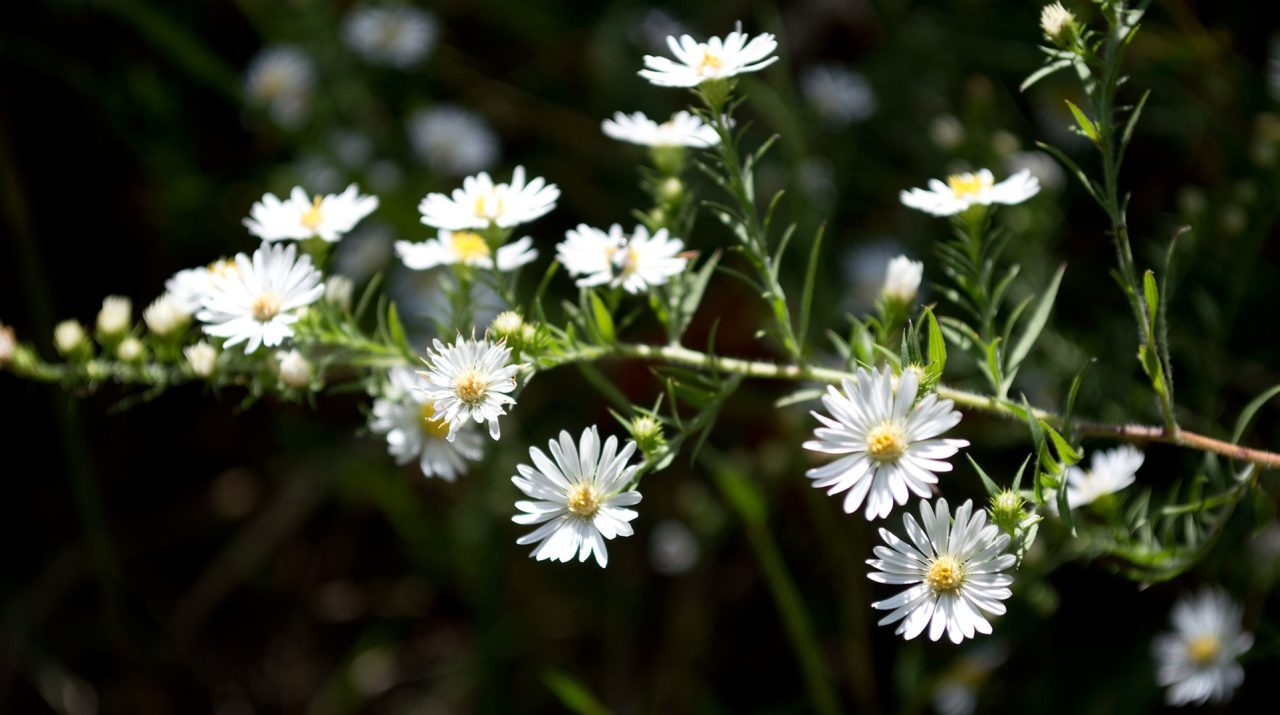While one has been fighting disease at sea since the 18th century, the other has been playing tricks on our nervous system for more than 8,000 years. The third has a special place in the hearts of Russians, while the last has been celebrated with brushstrokes on canvas since the seventeenth century. We've taken a closer look at one key ingredient from each of our four newest teas; Morning Fresh Citrus, Powerful Chilli, Cleansing Herbs and Soothing Leaves.
Up - Morning fresh citrus
"The perfect start to the day; an invigorating green tea with tantalizing hints of lime, citrus blossom, ginger, cinnamon, lemon myrtle, carrot and liquorice root."

Tea with LIME: This small citrus fruit has been fighting scurvy at sea since 1795, when lime was introduced as a daily diet in the British Royal Navy. Scurvy is a disease caused by an unbalanced diet and a lack of vitamin C. The high concentration of vitamins and minerals has therefore become historically important for seafarers and is still used today as a dietary supplement by sailors around the world. Studies also show that the nutritional content of lime has a positive effect on diseases such as jaundice, menorrhagia and stomach ulcers. Lime originates from Asia, where it thrives in tropical climates on the evergreen citrus tree. Lime has a milder taste than lemon and, unlike its yellow brother, the fruit remains green when ripe.
Boost - Powerful chili pepper
"This one picks you up when your energy drops; a full-bodied black tea with hot notes of chili, spices and licorice."

Tea with CHILI: The vegetable comes in countless botanical varieties and has been used as a food ingredient for more than 8,000 years. The chilli family includes vegetables in all possible shapes and colors where the variations in taste range from sweet and mild, to incredibly strong. Strength is measured on the "Scoville scale", where Caroline Reaper (1,569,300 Scoville Heat units) has been ranked at the top since 2013. It is the substance "capsacin" that elicits the burning taste of chili by manipulating the sensory system that responds to heat and pain. The seeds and white threads on the inside of the chili have the highest concentration of capsacin and are therefore perceived most strongly in the mouth. However, if you have eaten too much chili, it does not help to pour in water or other liquids, as the vegetable is not soluble in water. Chilli is rich in antioxidants and is also beneficial for digestion by increasing the production of stomach acid. Studies have also shown that the vegetable can relieve pain and stimulate blood circulation.
Cure - Cleansing herbs
"This is a harmonious blend of green tea, rose petals, nettle, lemongrass, peppermint, licorice root and lemon myrtle that will do you and your taste buds good."

Tea with ROSE: Although the plant is best known for decorating garden spots or living room tables, there are several rose varieties that also do well in the human body. The rose has been used as a medicinal plant since ancient times, including for insomnia, stress and depression. Roses also come in countless botanical varieties and many of them can be consumed through their leaves, flowers and fruit. The round fruit of plants in the rose genus is called "rose hips", which develop on deflowered roses. Rose hips contain vitamins B, E, K and a high concentration of vitamin C. Rosehips are most commonly used to make food and jams, but rose petals are also used in liquid and solid foods. Among other things, rose flowers are used as an ingredient in herbal teas and juices, but also as a garnish on desserts and salads. The rose plant contains tannins, pectin, carotene, fruit acid and essential oils.
Breathe - Soothing leaves
"Exhale with a subdued, mild and pleasant taste experience of chamomile flower, citrus leaves, rose petals, orange blossom, lemongrass, spearmint and hibiscus. Pure herbal tea without caffeine.""

Tea with chamomile has been used for healing purposes for thousands of years and can boast of being Russia's national flower. Although the plant is not listed as a medicine, it has been used throughout history to alleviate countless diseases and disorders. In this country, we have a long tradition of using chamomile as a cure for colds and flu. Chamomile is an ancient version of the name "chamomile", which means "chipmunk", translated from Greek. The name comes from the fact that the flower, which grows from the ground, has a sweet and pleasant scent reminiscent of apples. The low-growing herb with white and yellow flowers resembles small daisies and grows wild in Europe, Asia and North Africa. Chamomile is commonly added as an ingredient in herbal teas, but dried chamomile flowers can also be steeped in hot water. Chamomile contains a high concentration of essential oils that are believed to have anti-inflammatory, calming, anti-bacterial and analgesic properties.